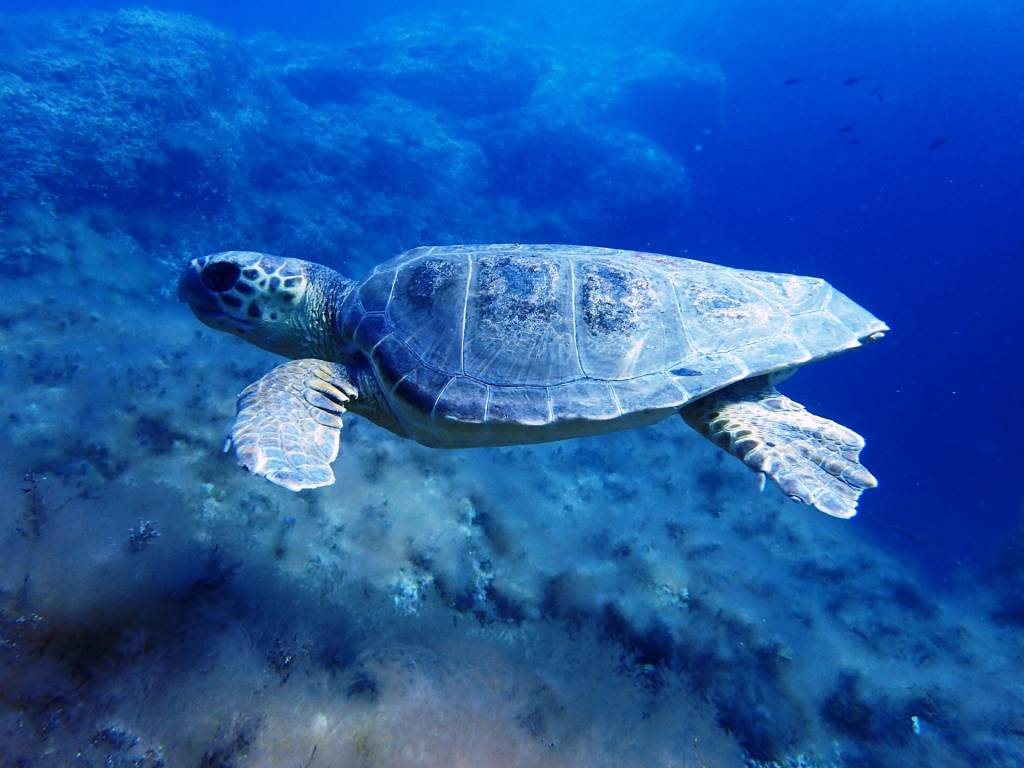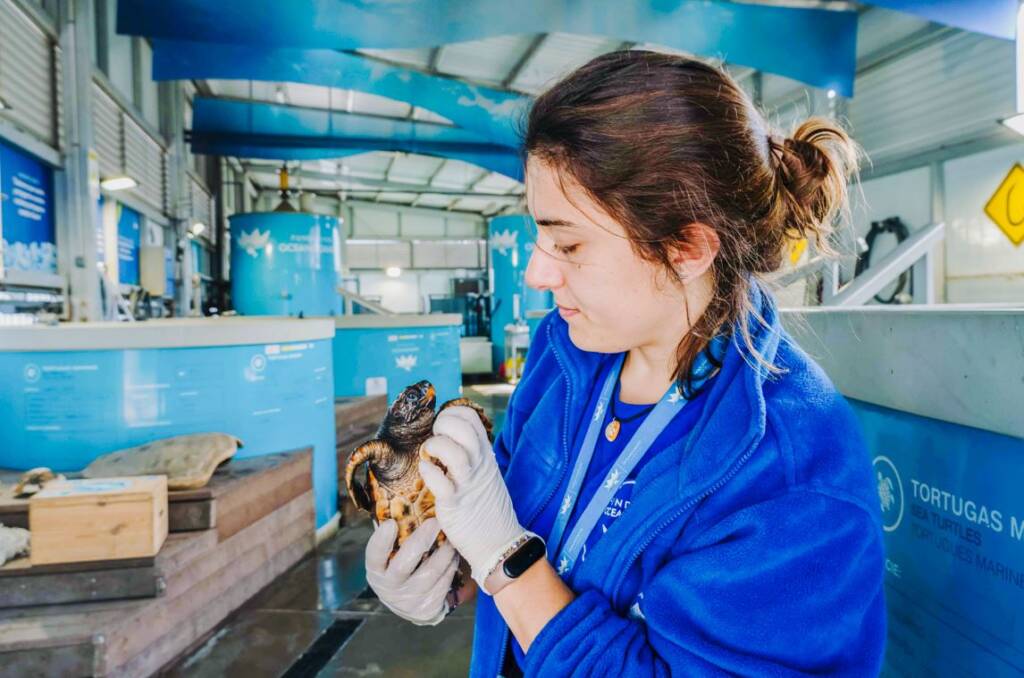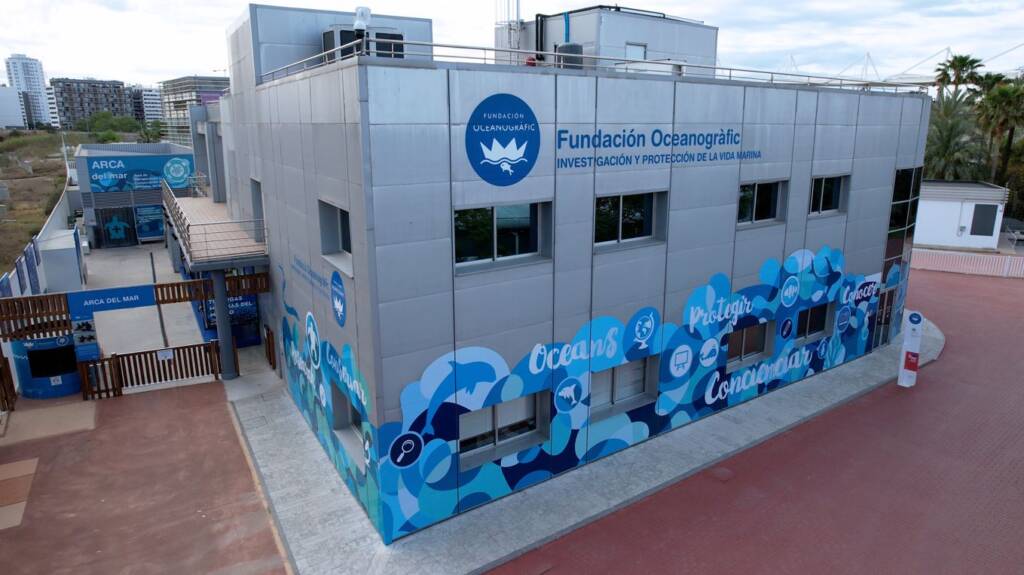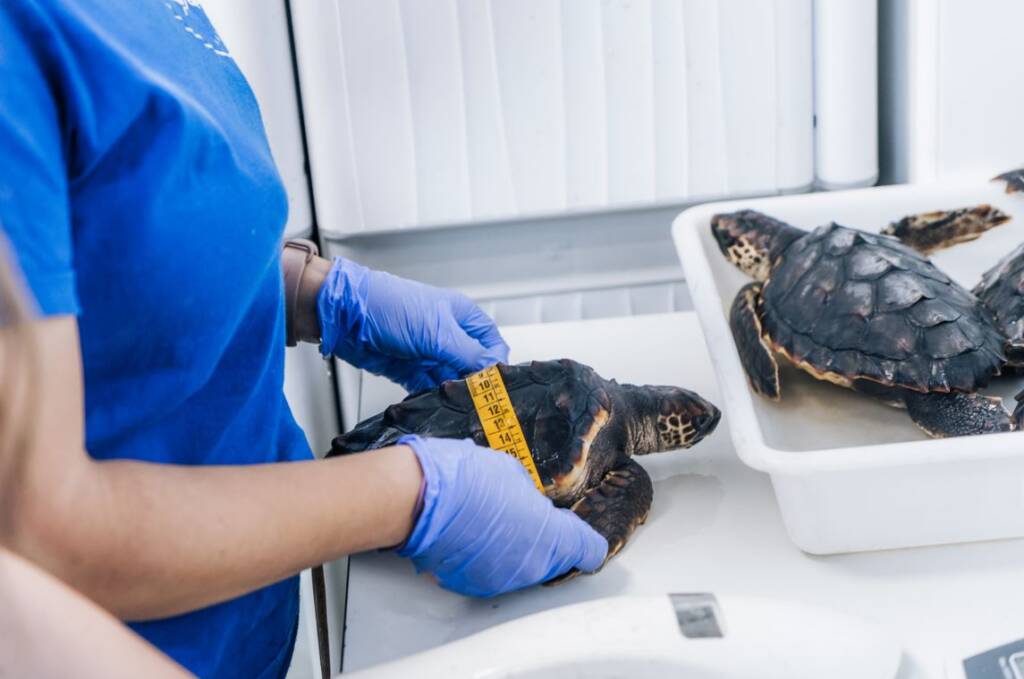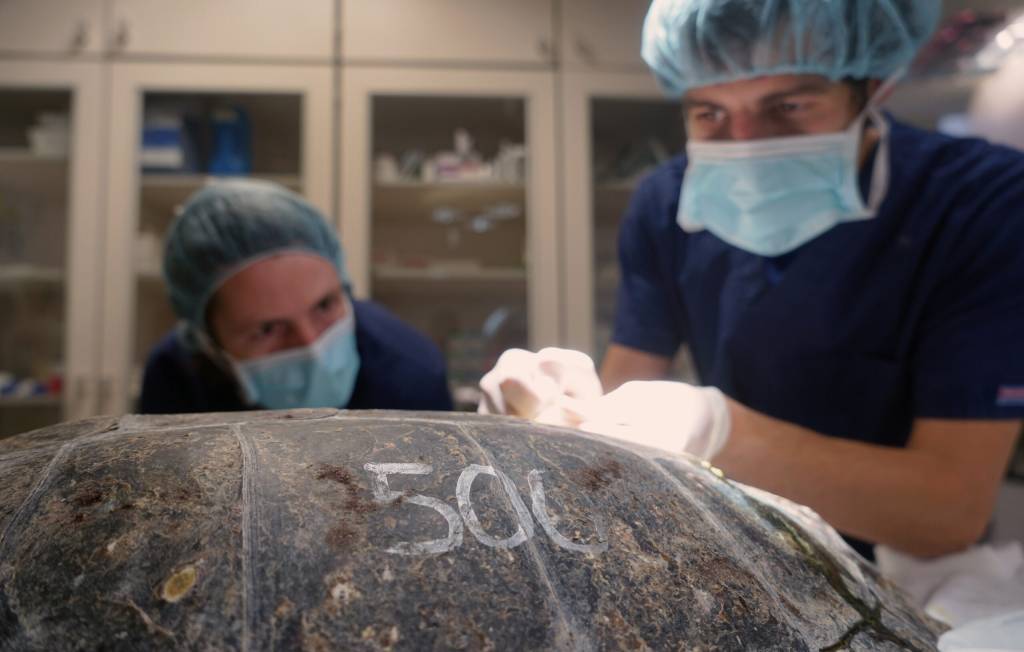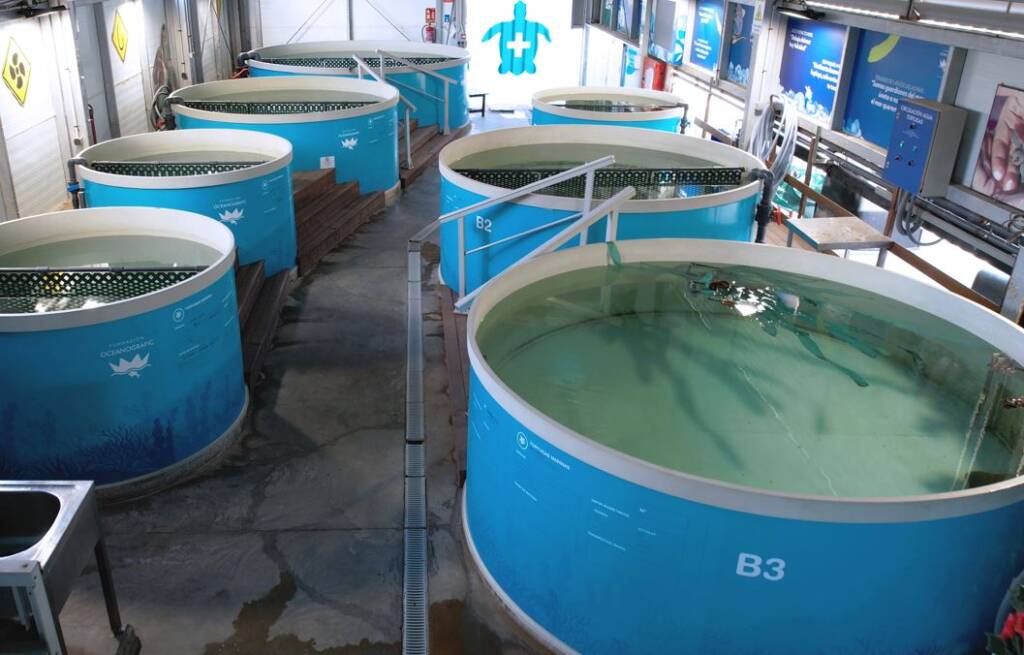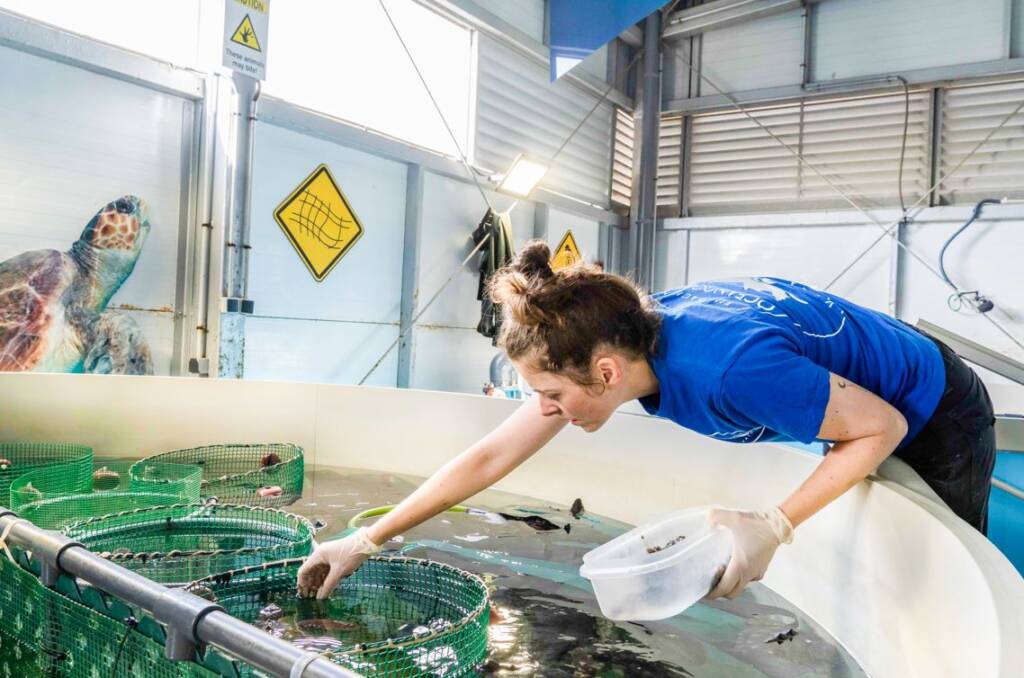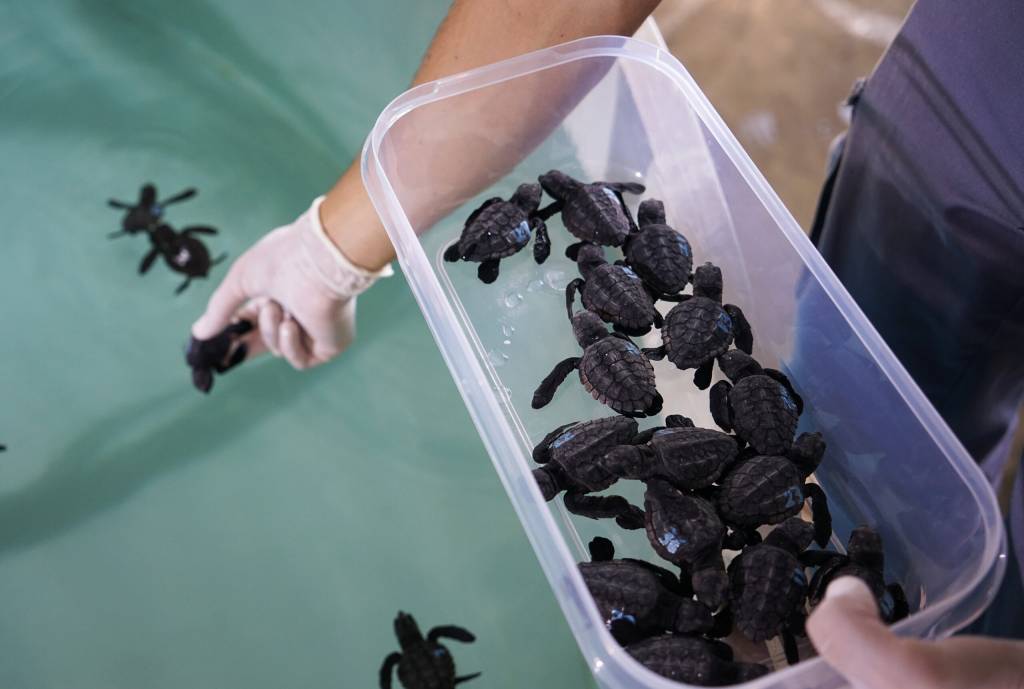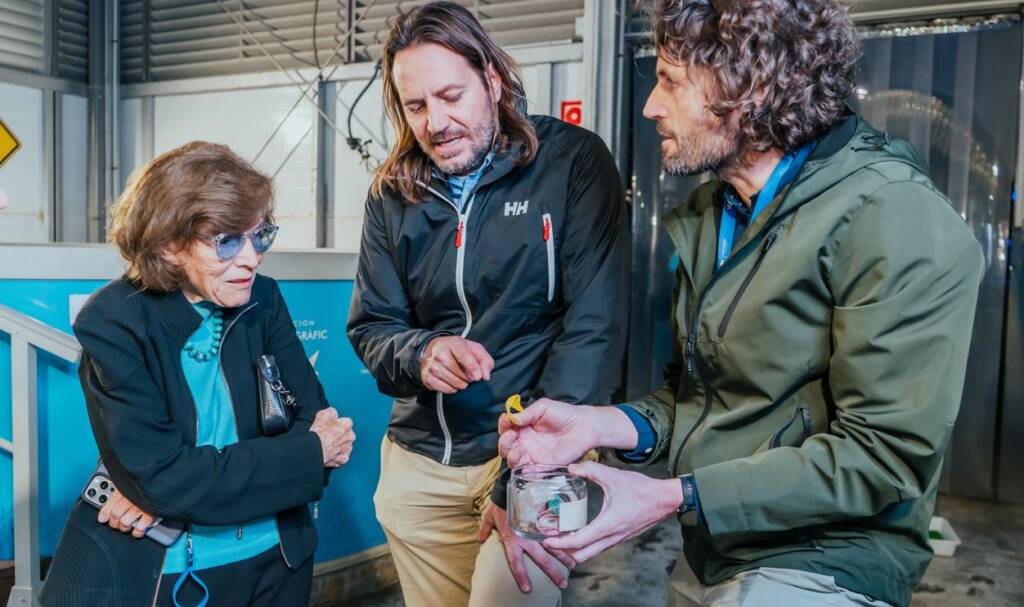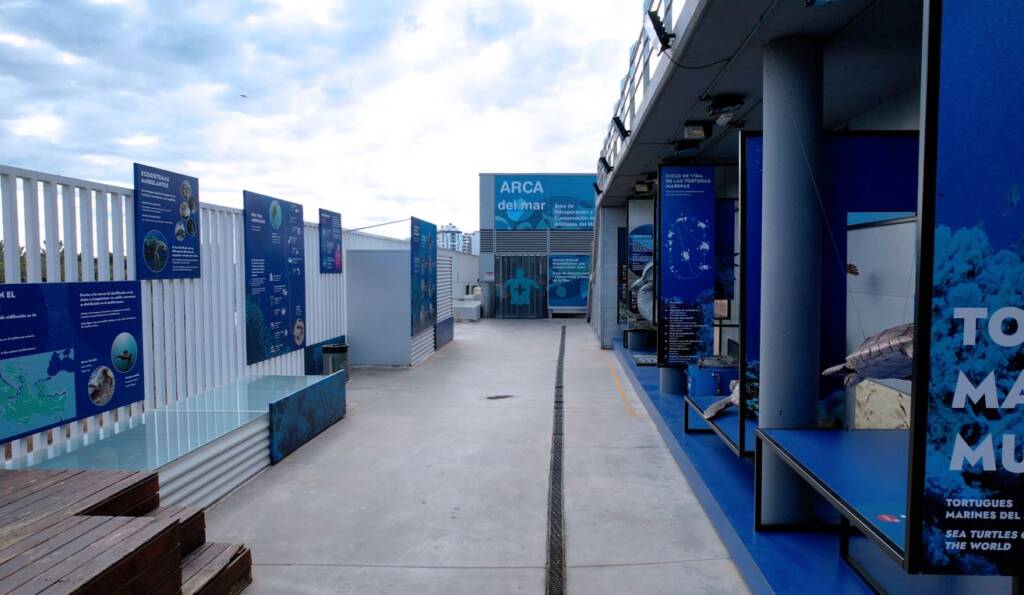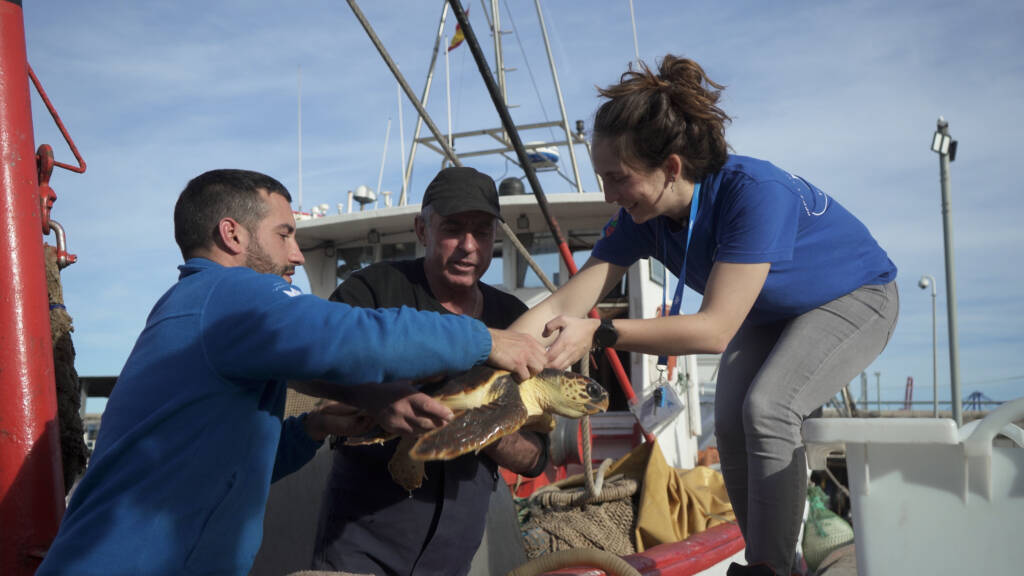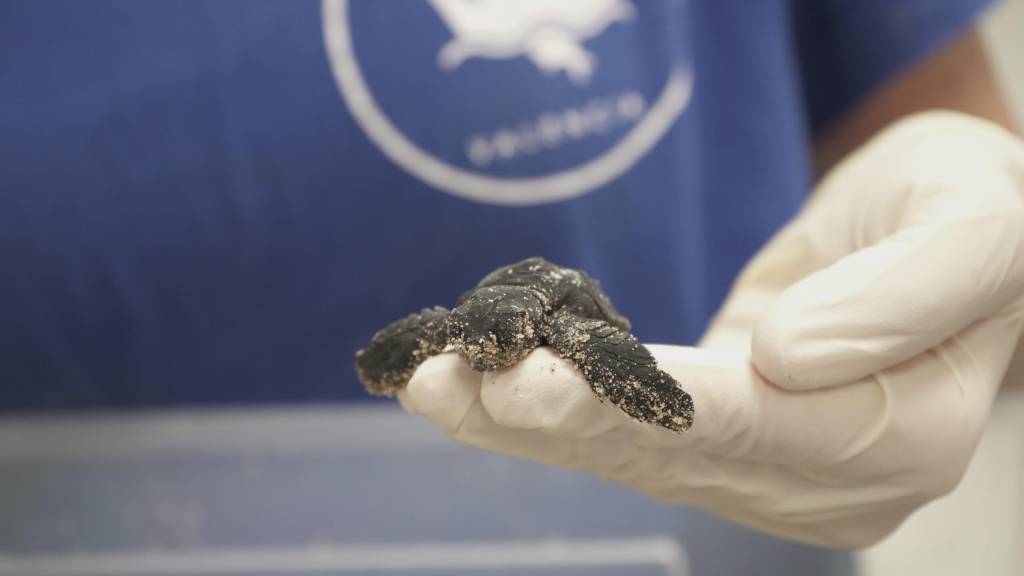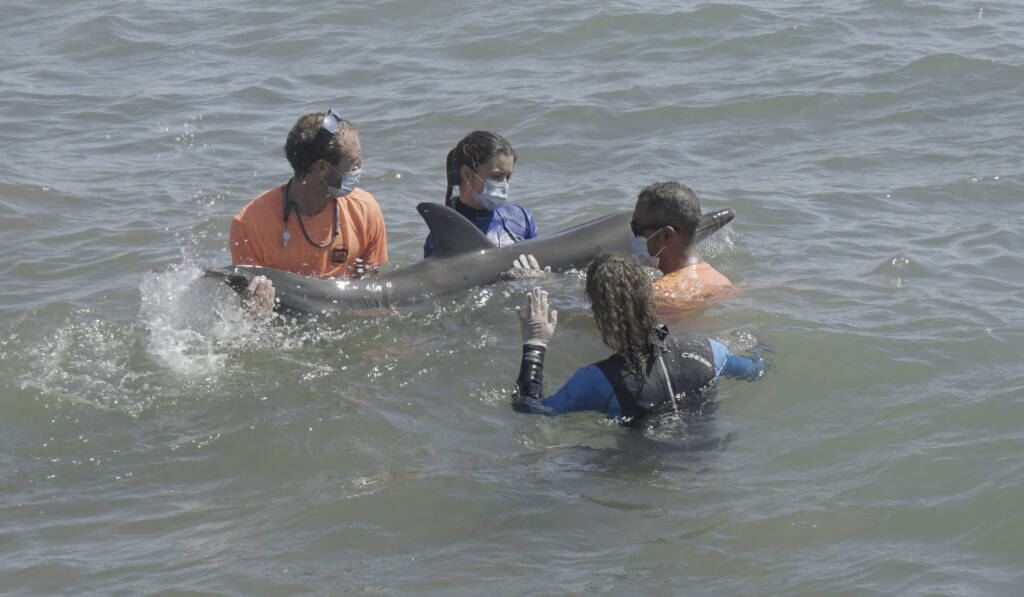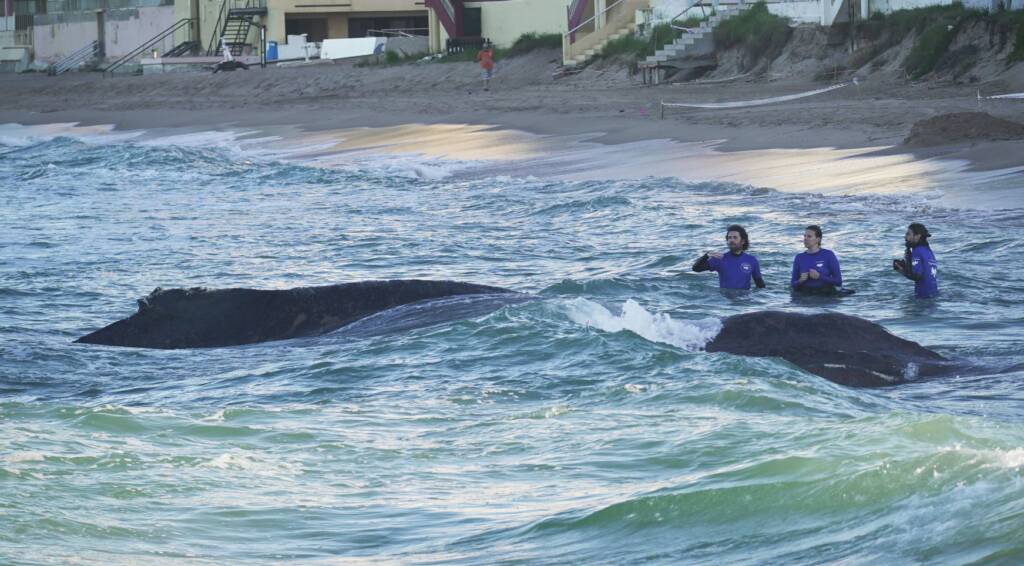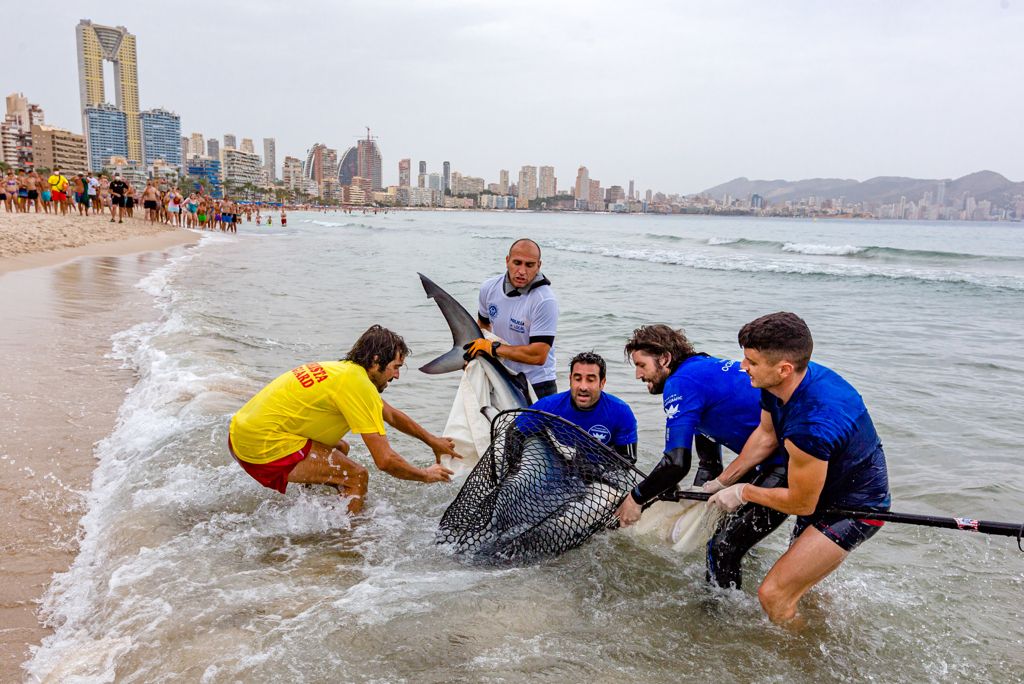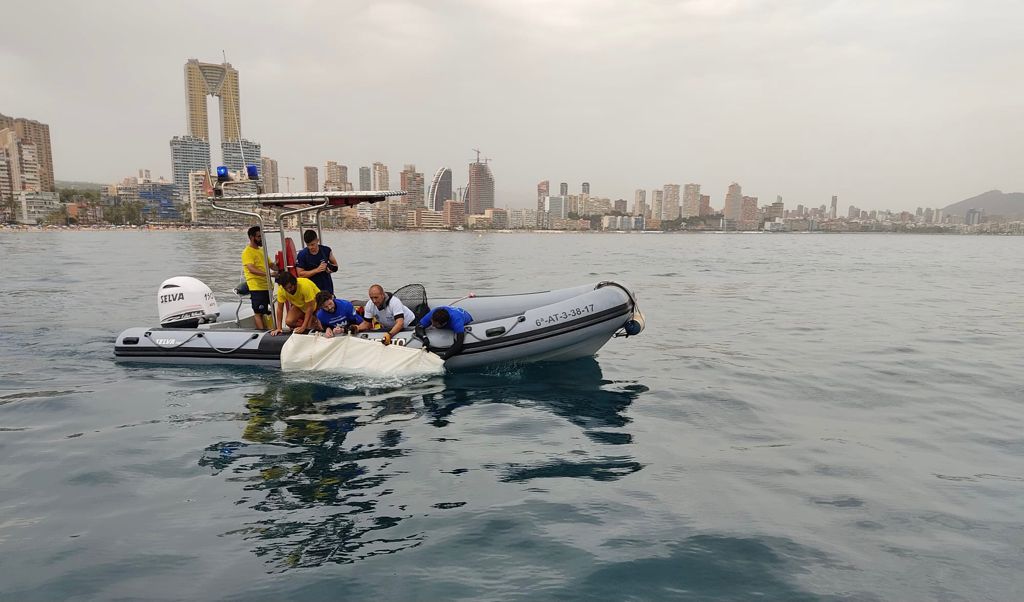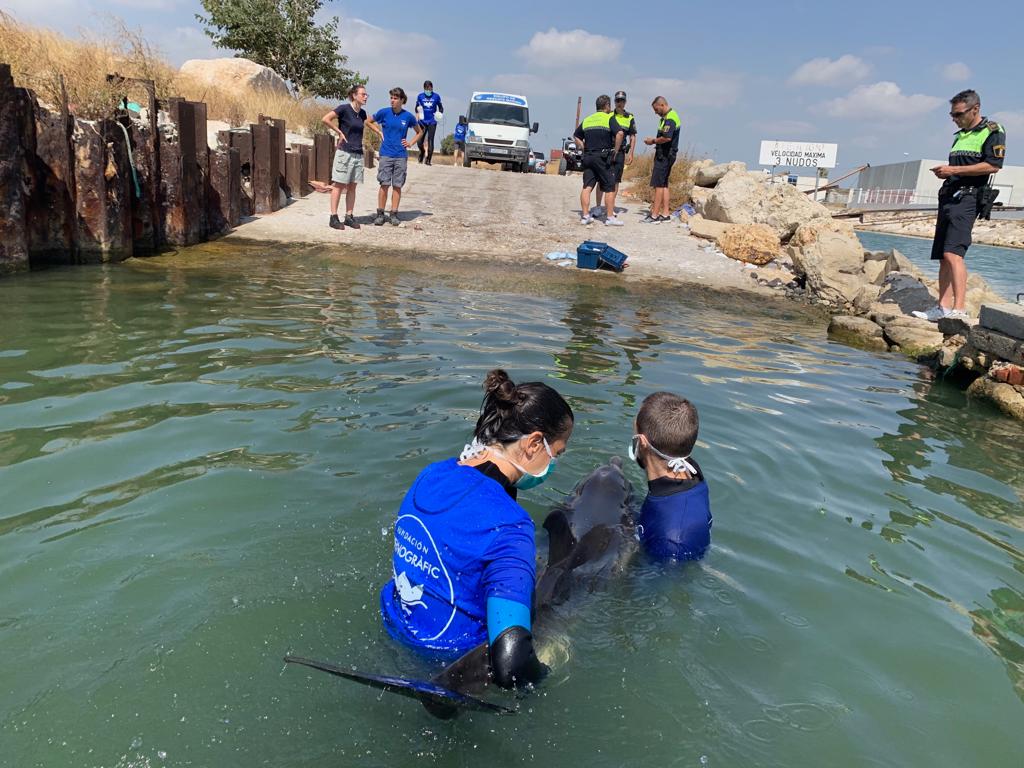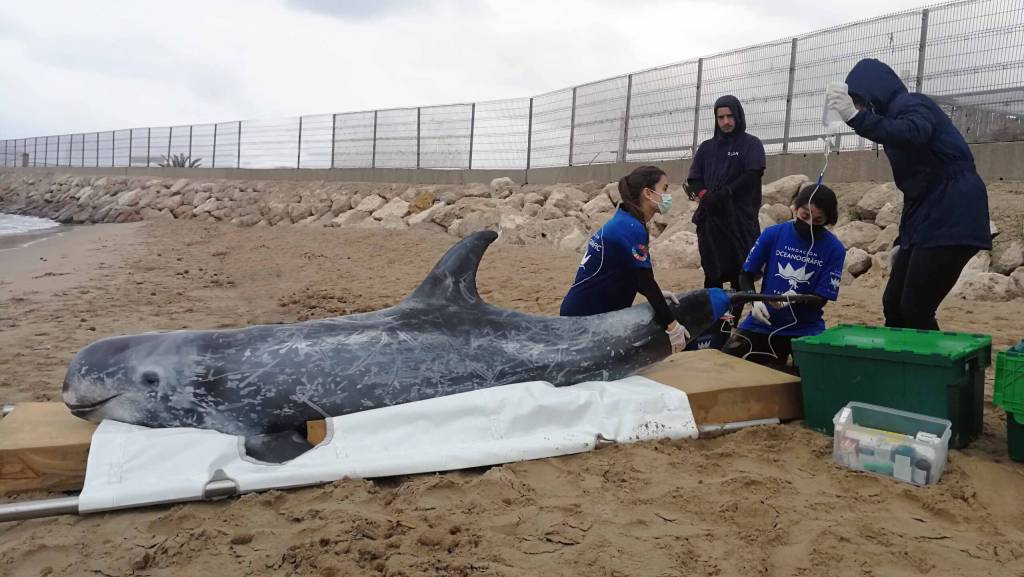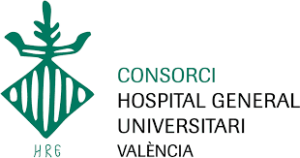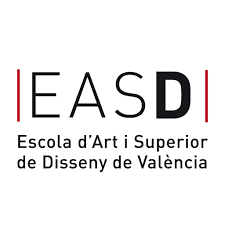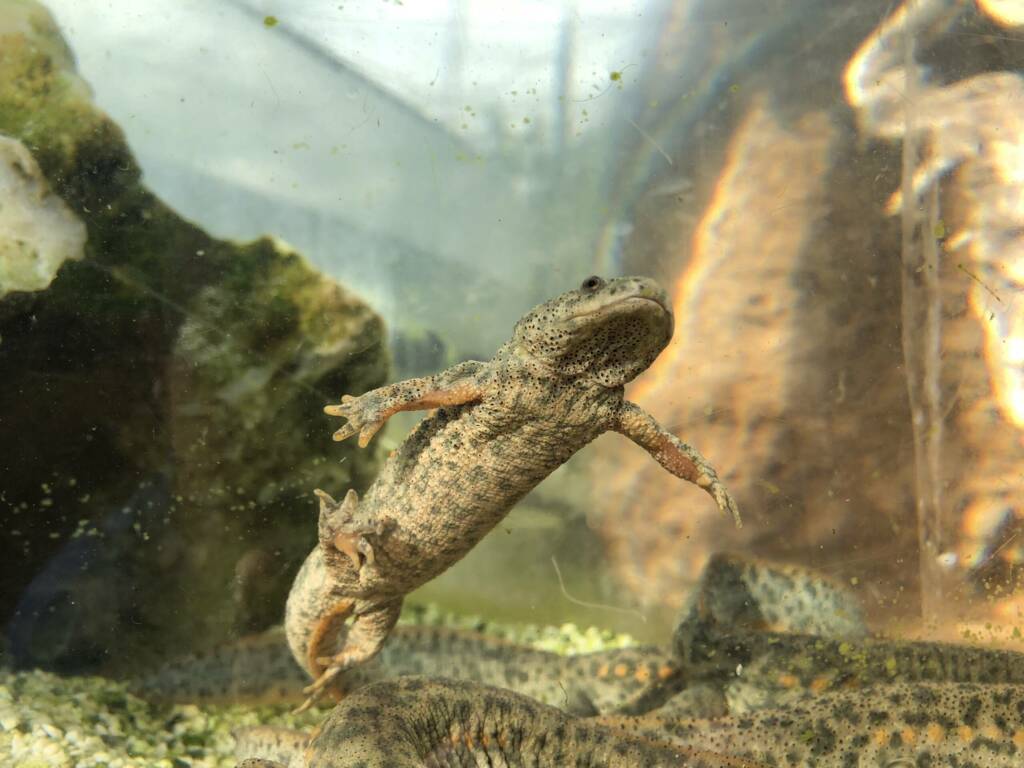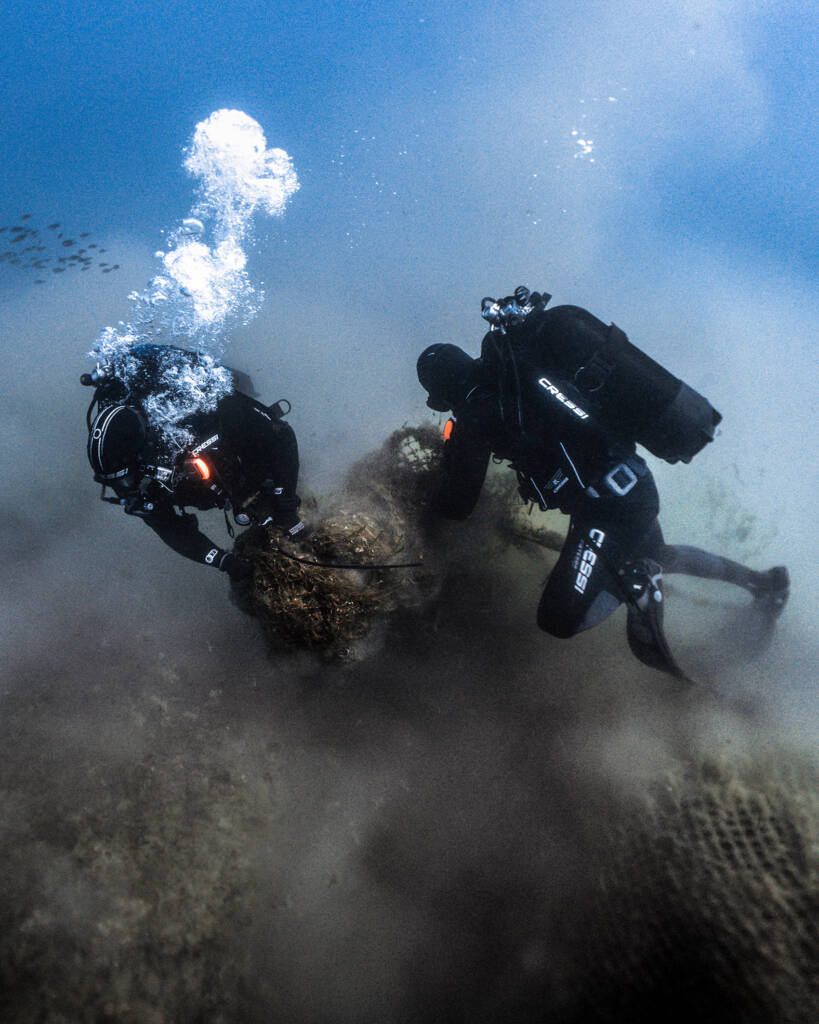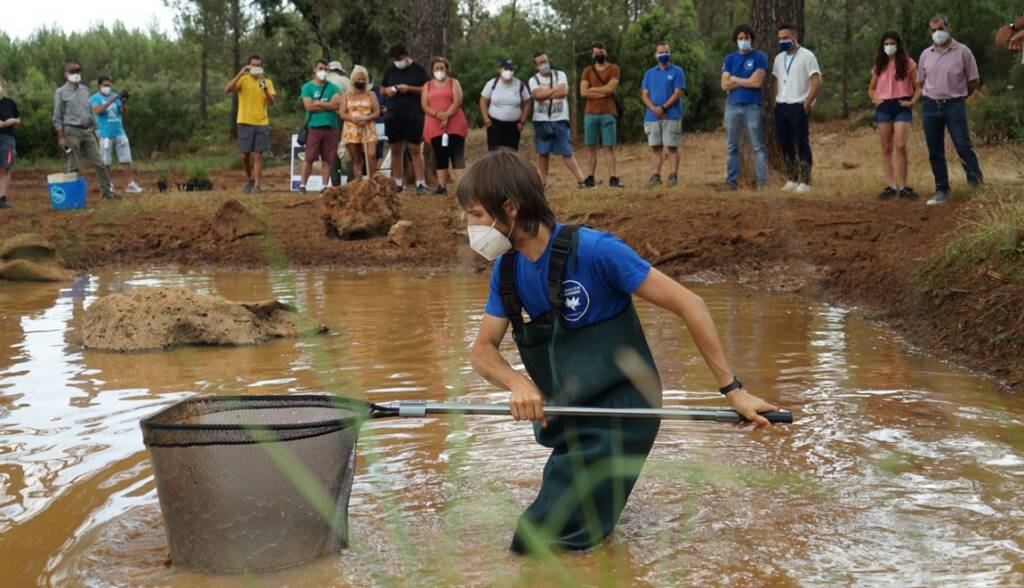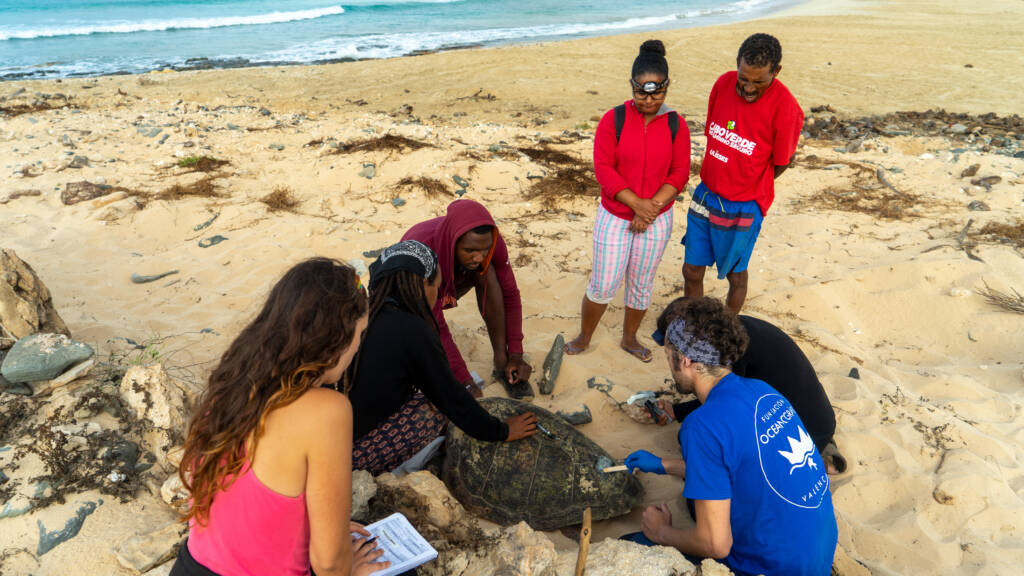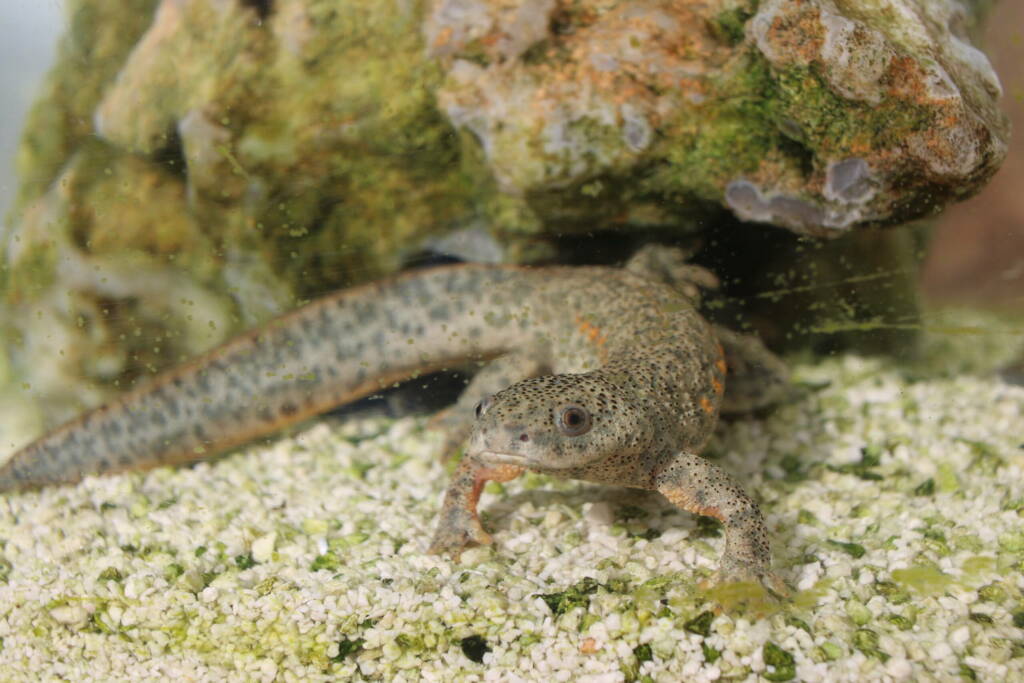-
ARCA del Mar Recovery Center
The Marine Animal Recovery and Conservation Area, also known as ARCA del Mar, is the Oceanogràfic center that provides veterinary care to injured or stranded sea turtles, primarily to treat them, rehabilitate them, and return them to the sea.
Since its creation in 2007, the Oceanogràfic has provided the Stranding Network of the Valencian Community with the facilities, diagnostic equipment, and transportation necessary for the transport and rehabilitation of live animals.
The Oceanogràfic Foundation’s rescue team attends to injured fauna. However, public collaboration is essential for their recovery, as reports from individuals, marine professionals, and the fishing sector are essential to identify and rescue them.
The Oceanogràfic Foundation and the Oceanogràfic work closely with fishermen to increase the chances of rehabilitating animals admitted to the Recovery Center.
These synergies, together with the public, who report sightings of marine animals to the 112 Emergency telephone number, help to fulfill this conservation and recovery work.
Frequently Asked Questions
-
How many professionals work at ARCA del Mar?
In addition to the Oceanogràfic Foundation's Conservation team, the Oceanogràfic has a team of veterinarians who are responsible for the daily care of the aquarium's animals and who, in emergency situations, can participate in rescue efforts.
Similarly, the center's biology staff also has extensive experience in aquatic animal medicine and handling and are part of some of the field projects.
-
What groups of animals do you treat, and what is the reception capacity?
An average of 110 sea turtles are treated, rehabilitated, and released each year. If necessary, in the event of a large-scale event, additional tanks from the Oceanogràfic could be made available, as well as other areas for the installation of portable elements.
Although sea turtles are the groups of animals that are most often recovered, seahorses and gorgonians have also been admitted for some time.
As for the treatment of cetaceans or sharks, the treatment is carried out in situ.
-
Are collaborations carried out with other institutions?
The Oceanogràfic Foundation collaborates with several NGOs in the field of conservation, such as Ambiens, Sanamares, Lamna, ABAI, BIOS Cabo Verde, and CV Natura 2000. In addition, there are more than 70 collaboration agreements with local universities, research centers, and institutions of various kinds at the local, national, and international levels.
-
Care for animals stranded on beaches
Data on animals stranded in the Valencian Community, mainly cetaceans and sea turtles, have been collected since 1990. This work is carried out in a coordinated manner between the Ministry of the Environment of the Generalitat Valenciana and the University of Valencia.
In 2022, the ‘Valencian Community Cetacean and Marine Turtle Stranding Network (Stranding Network)’ was officially established by Resolution of the General Directorate of Environmental Management.
It is in 2003 when the Oceanogràfic of Valencia is incorporated into the Stranding Network as an essential element of the operation, taking charge of the strandings of large marine animals such as sharks, manta rays, turtles and cetaceans.
This inclusion of the Oceanogràfic meant the incorporation of a team of veterinarians with exclusive dedication, as well as technical equipment for diagnosis, treatment and transport.
The main activities of the Stranding Network include the care of live stranded animals, the management of animals that appear dead, necropsies and the evaluation of the causes of death, among others.
These data also provide unique and valuable information on the state of health and the main threats faced by populations of large marine vertebrates in the Valencian Community. In addition, thanks to the extensive monitoring carried out for more than 30 years, it is possible to carry out retrospective studies that help us understand the evolution of the health of these species.
This information is of vital importance to improve and generate measures to mitigate these problems.
Frequently Asked Questions
-
Veterinary support to the CRES wildlife recovery center
Of the three wildlife recovery centers in the Valencian Community, the ‘La Granja’ Wildlife Recovery Center in El Saler is the area responsible for managing the fauna of the province of Valencia.
Since the creation of the Recovery Centers in Valencia (1988), Castellón (1990) and Alicante (1998) managed by the Ministry of Agriculture, Livestock and Fisheries of the GVA, the number of animals received has increased tenfold, which means a great effort in infrastructure and personnel.
The objective of these centers is, therefore, the recovery of animals that have lost the ability to function normally in nature in the shortest possible time and reintroduce them, again, into the wild.
The ‘La Granja’ Wildlife Recovery Center in El Saler has the largest reception capacity for the treatment and management of protected wildlife in Spain.
In addition, these centers coordinate and carry out numerous projects for the management of threatened species in collaboration with universities, research centers and other entities dedicated to conservation such as the Oceanogràfic of Valencia.
